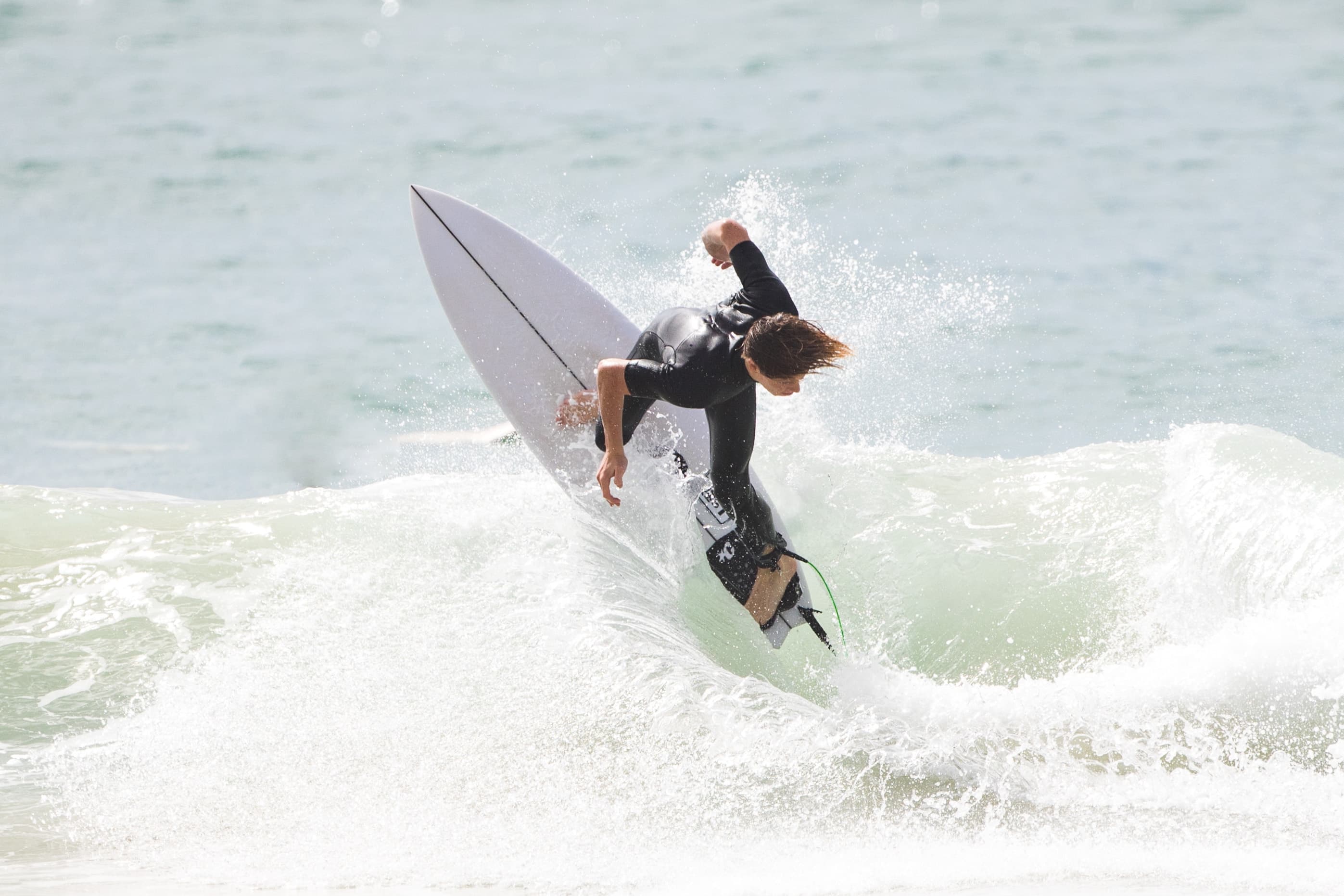Is surfing addictive?
stand up paddleboard (sup)
What is Stand Up Paddleboarding (SUP)?
Stand up paddleboarding, or SUP, is a water sport that involves standing on a board and using a paddle to propel yourself through the water. It's a fun and easy way to explore the outdoors, and it's a great way to stay fit and healthy too.
SUP boards come in a variety of shapes and sizes, from small and agile boards designed for surfing to large and stable boards that are perfect for touring. There are even inflatable SUPs that can be easily transported and stored.
Why Choose SUP?
SUP is a versatile and accessible sport that can be enjoyed by people of all ages and fitness levels. Whether you're looking to paddle on calm lakes or take on the challenge of surfing waves, there's a SUP board and location that's perfect for you.
SUP is a low-impact sport that provides a full-body workout. It's great for building core strength, improving balance and coordination, and increasing cardiovascular fitness.
Getting Started with SUP
If you're new to SUP, there are a few things you'll need to know before you get started. First and foremost, you'll need a board and a paddle. It's important to choose a board that's right for your skill level and the type of paddling you'll be doing.
Beginners should look for a board that's wide and stable, with plenty of volume to provide buoyancy and support. A longer board will also help with stability and tracking. As you become more experienced, you can move to a narrower board that's faster and more maneuverable.
When it comes to paddles, you'll want to choose one that's the right length and weight for your height and strength. A good rule of thumb is to choose a paddle that's 6 to 10 inches taller than you are.
Tips for SUP Success
Once you have your board and paddle, it's time to hit the water. Here are a few tips to help you get started:
- Start in calm, flat water until you feel comfortable standing on your board and paddling.
- Keep your feet parallel and shoulder-width apart for maximum stability.
- Hold your paddle with one hand on the handle and the other hand on the shaft, about shoulder-width apart.
- Use your core muscles to power your stroke, not just your arms.
- Look where you want to go, not down at your feet.
As you become more comfortable with SUP, you can start to explore different locations and types of paddling. From leisurely touring to fast-paced racing and challenging surfing, there's something for everyone in the world of SUP.
Stand up paddleboarding is a fantastic way to stay active and explore the great outdoors. Whether you're a beginner or an experienced paddler, there's always more to learn and new adventures to be had. We hope this guide has given you a solid foundation to build on and inspired you to get out on the water and start paddling.
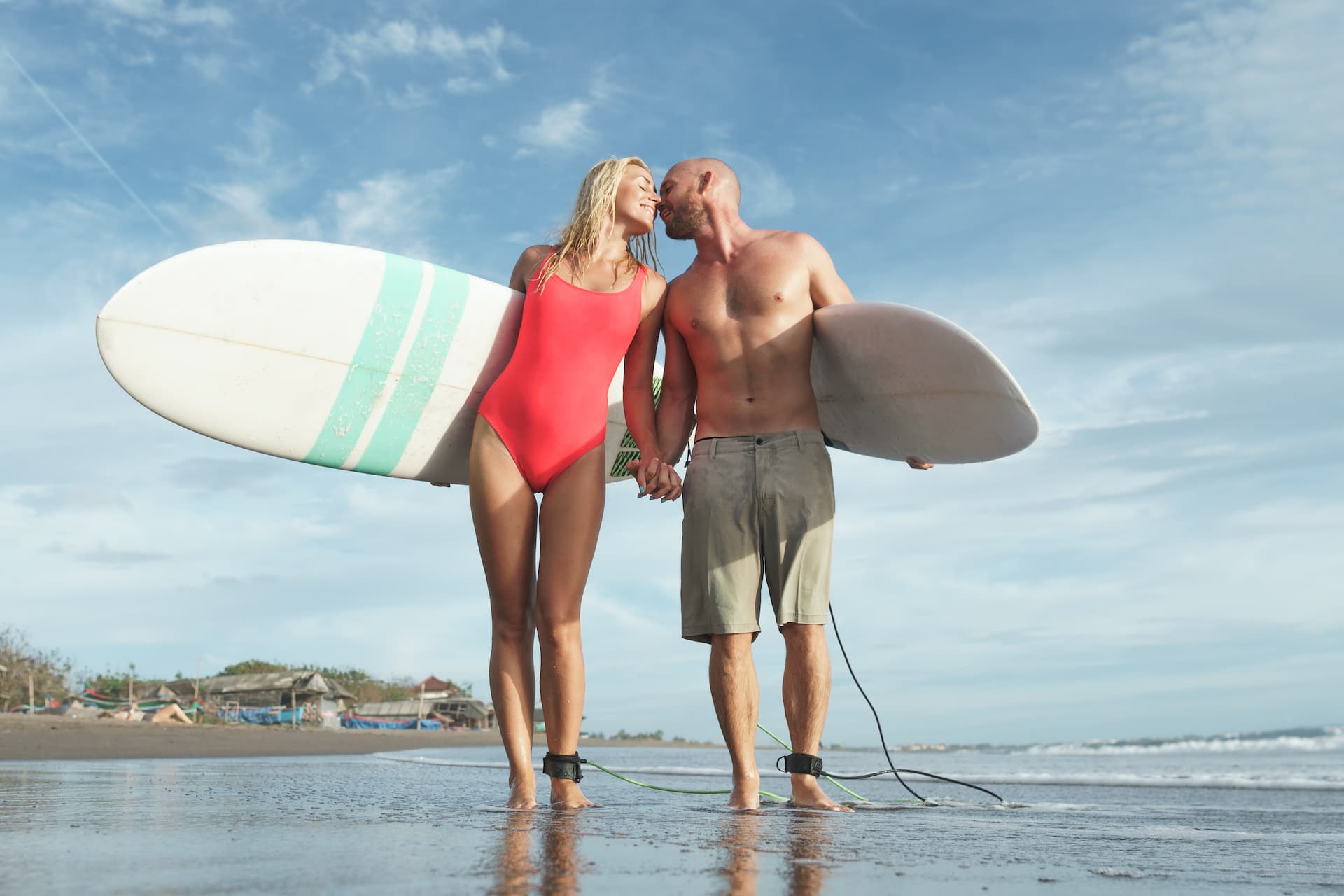
stand up paddleboard (sup)
What is Longboarding?
Longboarding is a type of skateboarding that involves riding a longer board with larger wheels than a traditional skateboard. Longboards are designed for cruising, carving, downhill racing, and other forms of freestyle riding. They are typically used for transportation, recreational purposes, and as a sport.
Types of Longboarding There are several types of longboarding, each with its own unique style and purpose. Some of the most popular types include:
- Cruising: This involves riding a longboard for transportation or leisurely rides around town.
- Carving: This involves using the longboard to make smooth, flowing turns while riding down hills or cruising around town.
- Downhill Racing: This involves riding a longboard at high speeds down steep hills or mountains.
- Freestyle: This involves performing tricks and stunts on a longboard, such as sliding, flipping, and jumping.
Choosing the Right Longboard When choosing a longboard, it is important to consider your riding style, skill level, and the type of terrain you will be riding on. There are several factors to consider when selecting the right longboard, including:
- Deck size and shape
- Wheel size and hardness
- Truck width and shape
- Bearings and bushings
Learning the Basics of Longboarding If you are new to longboarding, it is important to learn the basics before attempting any tricks or advanced riding techniques. Here are some tips to get you started:
- Learn how to balance and stand on the board
- Practice pushing and braking
- Learn how to turn and carve
- Build up your speed gradually
- Wear protective gear, such as a helmet, knee pads, and elbow pads
Longboarding Safety Tips Longboarding can be a fun and exhilarating sport, but it is important to take safety precautions to prevent injuries. Here are some safety tips to keep in mind:
- Always wear a helmet and other protective gear
- Check your equipment regularly for any damage or wear
- Avoid riding in areas with heavy traffic or obstacles
- Ride within your skill level and abilities
- Be aware of your surroundings and other riders or pedestrians
Conclusion Longboarding is a fun and exciting sport that can be enjoyed by people of all ages and skill levels. Whether you are cruising around town or racing down hills, there is a type of longboarding that is perfect for you. By following the tips and techniques outlined in this guide, you can learn how to ride safely and confidently, and enjoy all the thrills and excitement that longboarding has to offer.
surf camps
Surf camps in Portugal offer a unique experience that combines the thrill of surfing with the opportunity to explore the local culture and make new friends from around the world. Whether you're a beginner or an experienced surfer, there's a surf camp in Portugal that's perfect for you.
Here are just a few reasons why you should consider booking a surf camp in Portugal:
- World-class Waves
Portugal is home to some of the best surf spots in Europe, with consistent waves that are perfect for surfers of all levels. Whether you're looking to catch your first wave or challenge yourself on a bigger swell, you'll find plenty of opportunities to do so in Portugal.
- Warm Waters
Unlike some other popular surf destinations, Portugal enjoys warm waters year-round, which means you won't need a wetsuit for most of the year. This makes surfing in Portugal even more enjoyable, as you'll be able to spend more time in the water without getting cold.
- Beautiful Scenery
In addition to the great waves, Portugal's coastline is absolutely stunning, with rugged cliffs, sandy beaches, and crystal-clear waters. Many surf camps in Portugal are located in areas that offer breathtaking views of the ocean and the surrounding landscape.
- Experienced Instructors
When you book a surf camp in Portugal, you'll have access to experienced instructors who can help you improve your technique and learn new skills. Whether you're a beginner or an experienced surfer, there's always something new to learn, and the instructors at surf camps in Portugal are there to help you every step of the way.
- Fun and Social Environment
Finally, surf camps in Portugal offer a fun and social environment that's perfect for making new friends and exploring the local culture. You'll have plenty of opportunities to socialize with other surfers, take part in group activities, and enjoy the local food and nightlife.
So why not book a surf camp in Portugal today? With world-class waves, warm waters, beautiful scenery, experienced instructors, and a fun and social environment, it's the perfect way to experience the thrill of surfing while exploring one of the most beautiful countries in Europe.
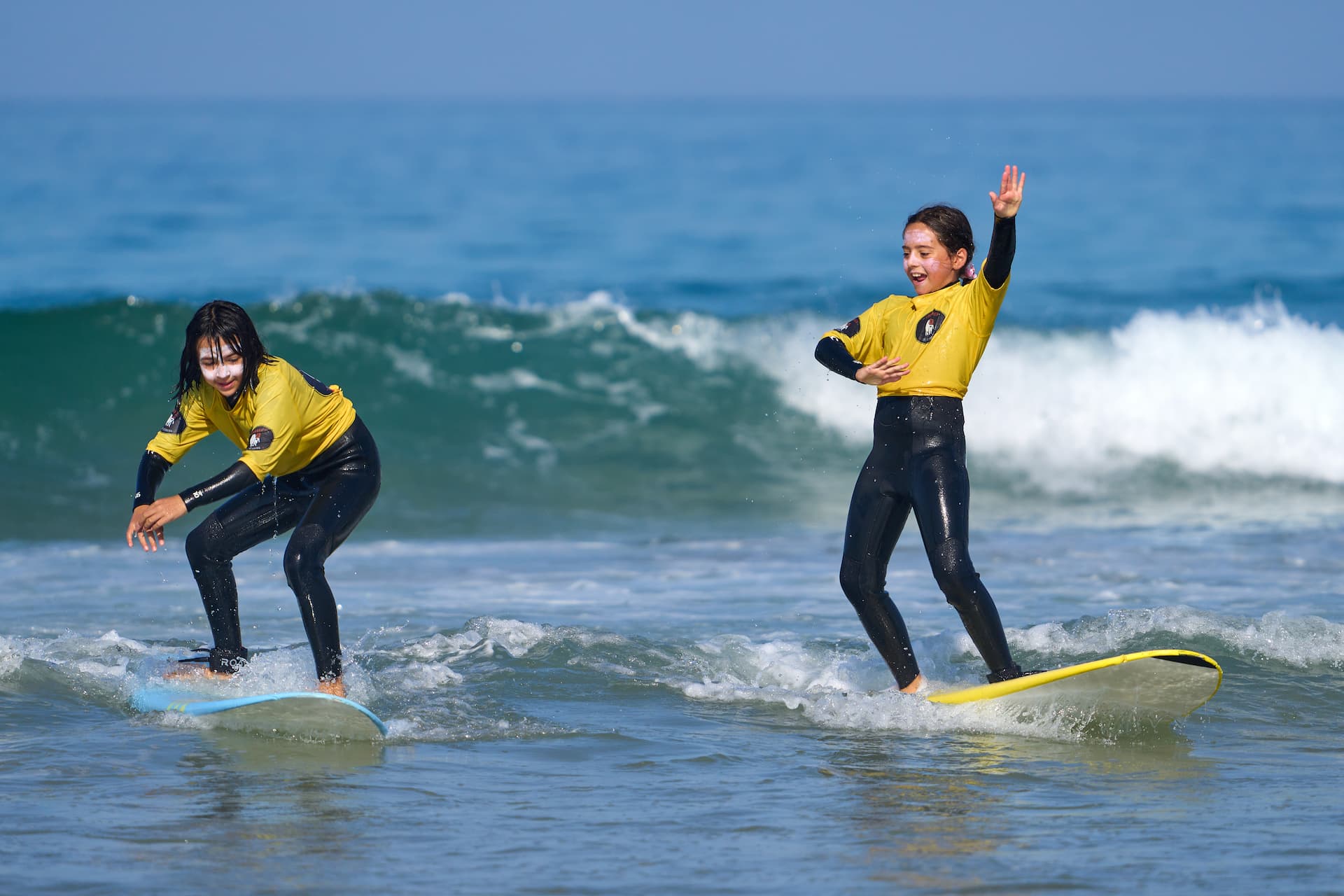
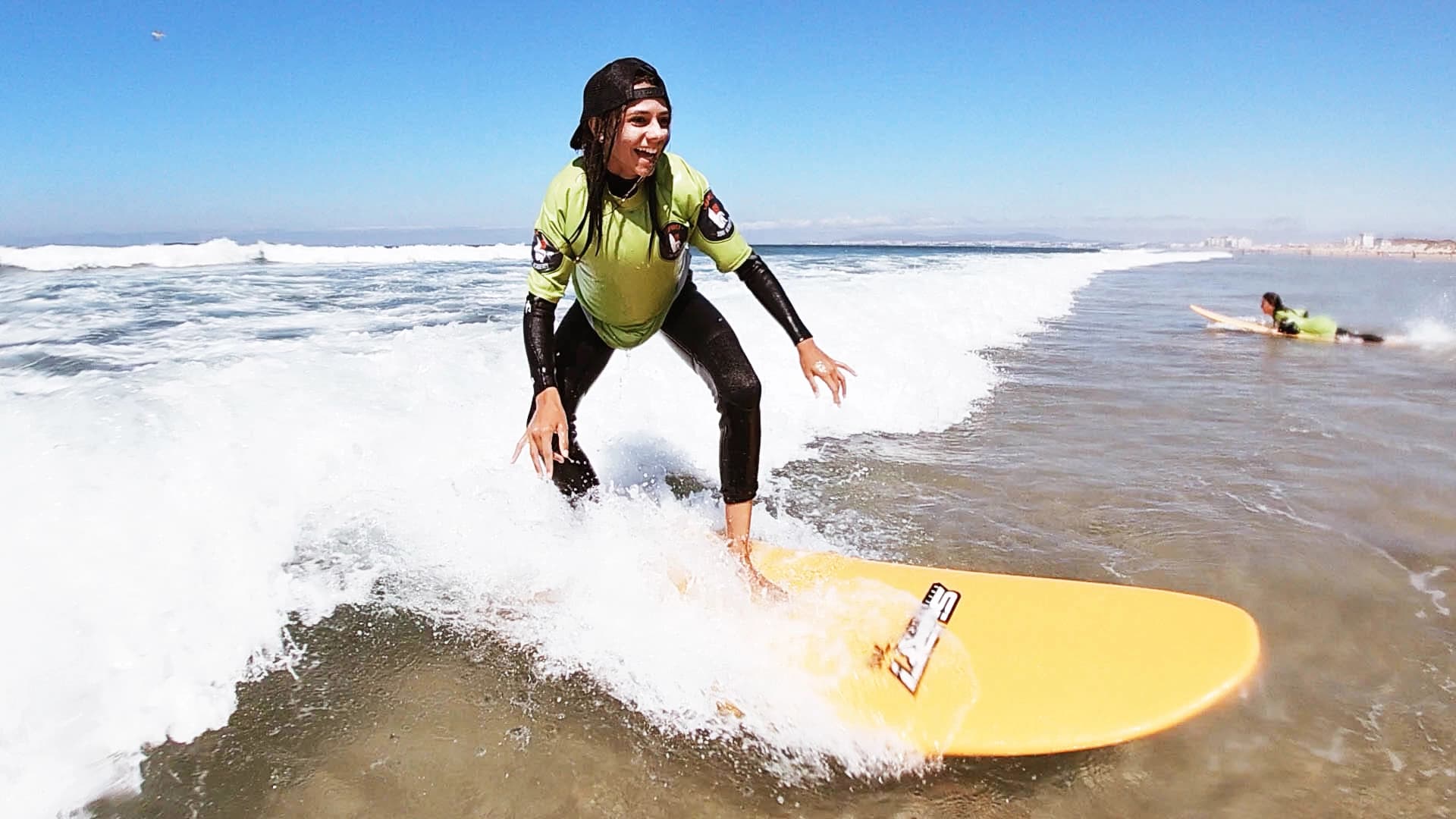
surfing lifestyle
Living the Surfing Lifestyle: The Ultimate Dream of Every Beach Lover
If you're someone who loves the beach and the sea, you might have heard of the surfing lifestyle. It's a lifestyle that's centred around the waves, the sand, and the sun. It's all about living in the moment, being present, and enjoying the beauty of nature.
But what exactly is the surfing lifestyle? And how can you live it to the fullest?
We're here to tell you all about it.
What is the Surfing Lifestyle?
The surfing lifestyle is all about being connected to the ocean and the waves. It's about embracing the beach culture, and being passionate about the sport of surfing. It's not just about the physical act of riding the waves; it's a way of life.
Surfers are known for their laid-back attitude, their love for adventure, and their respect for the environment. They have a deep appreciation for nature, and they understand the importance of taking care of our planet.
Living the Surfing Lifestyle
Living the surfing lifestyle means different things to different people. For some, it means spending every day at the beach, catching waves and soaking up the sun. For others, it means travelling the world, chasing the best surf spots and meeting new people.
But no matter how you choose to live the surfing lifestyle, there are a few things that are essential:
- Respect for the ocean: As surfers, we have a responsibility to take care of the ocean and the environment. We should never leave trash on the beach, and we should always be mindful of our impact on the environment.
- Fitness: Surfing is a physically demanding sport, and it requires a lot of strength and endurance. To live the surfing lifestyle, you need to be in good physical shape.
- Passion: You can't be a surfer without a deep passion for the sport. You need to love the ocean, the waves, and the thrill of riding them.
- Community: Surfers are a tight-knit community, and being a part of that community is an important aspect of the surfing lifestyle. Whether you're surfing with friends or attending surf events, it's important to connect with other surfers.
- Adventure: Living the surfing lifestyle means being open to new experiences and embracing adventure. Whether it's trying out a new surf spot or travelling to a new country, the surfing lifestyle is all about exploring and discovering.
Tips for Living the Surfing Lifestyle
If you want to live the surfing lifestyle, here are a few tips to get you started:
- Get in the water: The best way to start living the surfing lifestyle is to get in the water and start catching waves. Whether you're a beginner or an experienced surfer, there's always something new to learn.
- Stay fit: Surfing requires a lot of physical fitness, so make sure you're taking care of your body. Exercise regularly, eat a healthy diet, and stay hydrated.
- Connect with other surfers: Join a surf club, attend surf events, or simply strike up a conversation with another surfer at the beach. Being a part of the surfing community is an important aspect of the surfing lifestyle.
- Embrace adventure: Don't be afraid to try new things and explore new surf spots. The surfing lifestyle is all about adventure and discovery.
- Respect the environment: As surfers, we have a responsibility to take care of the ocean and the environment. Always be mindful of your impact on the planet, and do your part to protect it.
The surfing lifestyle is a dream for many beach lovers. It's all about living in the moment, being present, and enjoying the beauty of nature.
paddleboard
Paddleboarding is a great activity that combines the benefits of water sports with the tranquillity of nature. It's a fantastic way to explore and get fit while having fun. If you're looking to buy a paddleboard, you've come to the right place. We have the information you need to make an informed decision and get the best paddleboard for your needs.
Paddleboards come in a range of styles and sizes, so it's essential to know what you're looking for before making a purchase. We understand that it can be overwhelming, especially with so many different types of paddleboards available in the market. Still, we're here to help you choose the perfect board that meets your needs and budget.
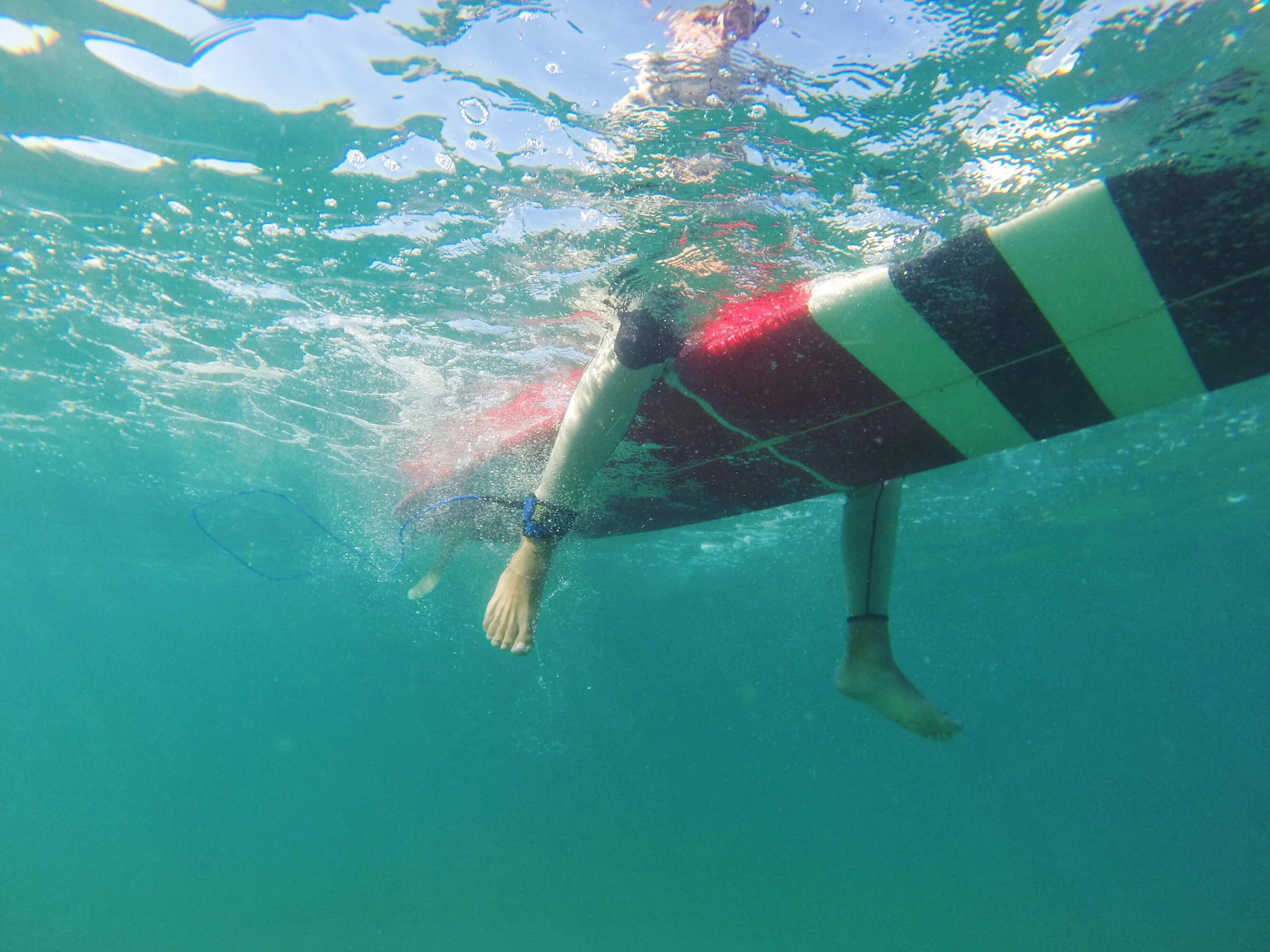
surf
Surfing, an aquatic pursuit, involves riding on the crest of a moving water wave using a board. A solo surfer, or two in the case of tandem surfing, balances on the leading edge or face of the water wall, which propels the surfer towards the shore. While surfing conditions are most favourable in oceanic environments, they may also be encountered in standing waves at sea, in rivers, and even in wave pools.
The term "surfing" describes the act of riding a wave with a board, irrespective of stance. Numerous types of boards exist, with the Moche tribe of Peru relying on reed crafts, while native peoples of the Pacific Ocean surfed on watercraft such as alaia and paipo. Ancient civilisations typically surfed on their bellies and knees, while contemporary surfing is mostly associated with the act of standing on a surfboard. This is commonly referred to as stand-up surfing.
Another common form of surfing is bodyboarding, in which the surfer uses a board to ride on their belly, or with one foot and one knee on the board. The surfer may even stand on the board. Other variations of surfing include knee boarding, surfing on inflatable mats, and using foils. Body surfing, the practice of catching and riding a wave using only the surfer's body, is considered by some as the most authentic form of surfing. The most similar form of body surfing utilising a board is handboarding, which usually incorporates a single strap to fit on one hand.
Stand-up surfing can be further classified into three distinct subdivisions: stand-up paddling, longboarding, and shortboarding. These subdivisions differ in board design and length, riding style, and the type of wave that is being ridden.
In tow-in surfing, which is often associated with surfing large waves, a motorised watercraft like a personal watercraft helps to tow the surfer into the wave front. This method assists the surfer to match the wave's high speed, which is usually unattainable through self-propulsion. Paddleboarding and sea kayaking are two other self-propelled water sports that do not require waves. Derivative sports like kite surfing and windsurfing primarily rely on wind power, but they too can be used to ride waves. Wake surfing, which entails riding the wake of a boat with the help of V-drive boats, has emerged as a new form of surfing. In 2013, Garrett McNamara surfed the largest wave on record, measuring 23.8 metres (78 ft) at Nazaré, Portugal, according to the Guinness Book of World Records.
Surfing is a sport that requires skill, strength, and endurance. Riding the perfect wave requires a deep understanding of the forces of nature and the ability to read and react to the wave's motion. For those who possess the courage and the desire to challenge themselves in the water, surfing offers a unique and exhilarating experience. It's not just a sport, it's a lifestyle, a culture, and an art form. So get out there, grab a board, and catch a wave!
surf lessons near me
Are you ready to catch some waves and experience the thrill of surfing? Look no further, as I have great news for you! There are several amazing surfing classes available near you that will help you get started on this exciting adventure.
Learning to surf can be a life-changing experience, as it offers not only a fun and exhilarating physical activity but also a chance to connect with nature and explore the beautiful coastline. Whether you are a complete beginner or already have some surfing skills, there is a class that will suit your needs.
By taking a surfing class, you will be taught by experienced instructors who have a passion for surfing and the expertise to help you improve your technique. They will guide you through the fundamentals of surfing, including proper paddling, catching waves, standing up on the board, and navigating the ocean. You'll learn the proper etiquette of surfing and how to stay safe in the water.
Surfing classes are also a great way to meet new people and connect with a community of surfers who share your love for this amazing sport. You'll be able to practice together, encourage each other, and maybe even plan some surfing trips in the future.
So, what are you waiting for? Sign up for a surfing class near you and get ready to experience the thrill of surfing! You won't regret it.
Surf Lessons